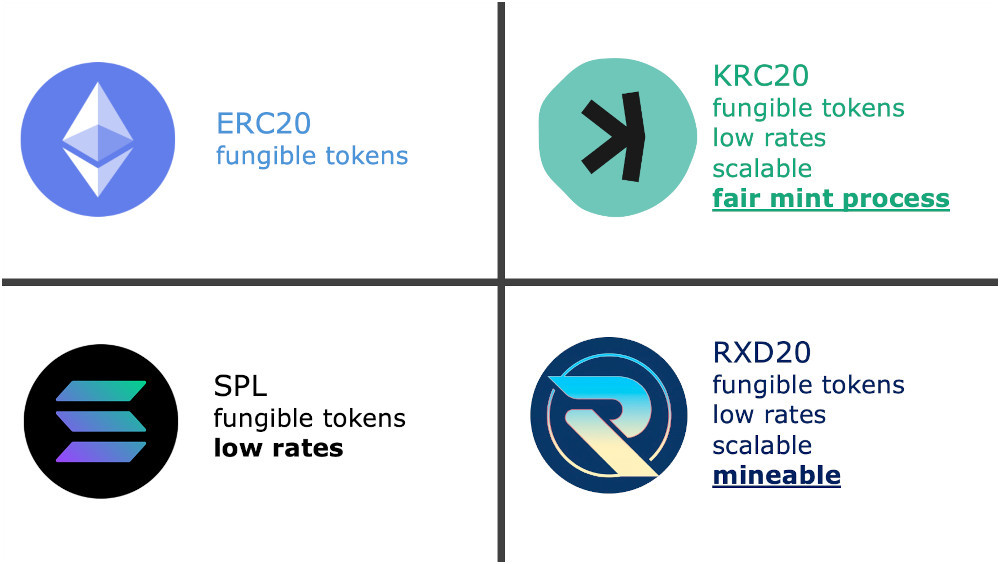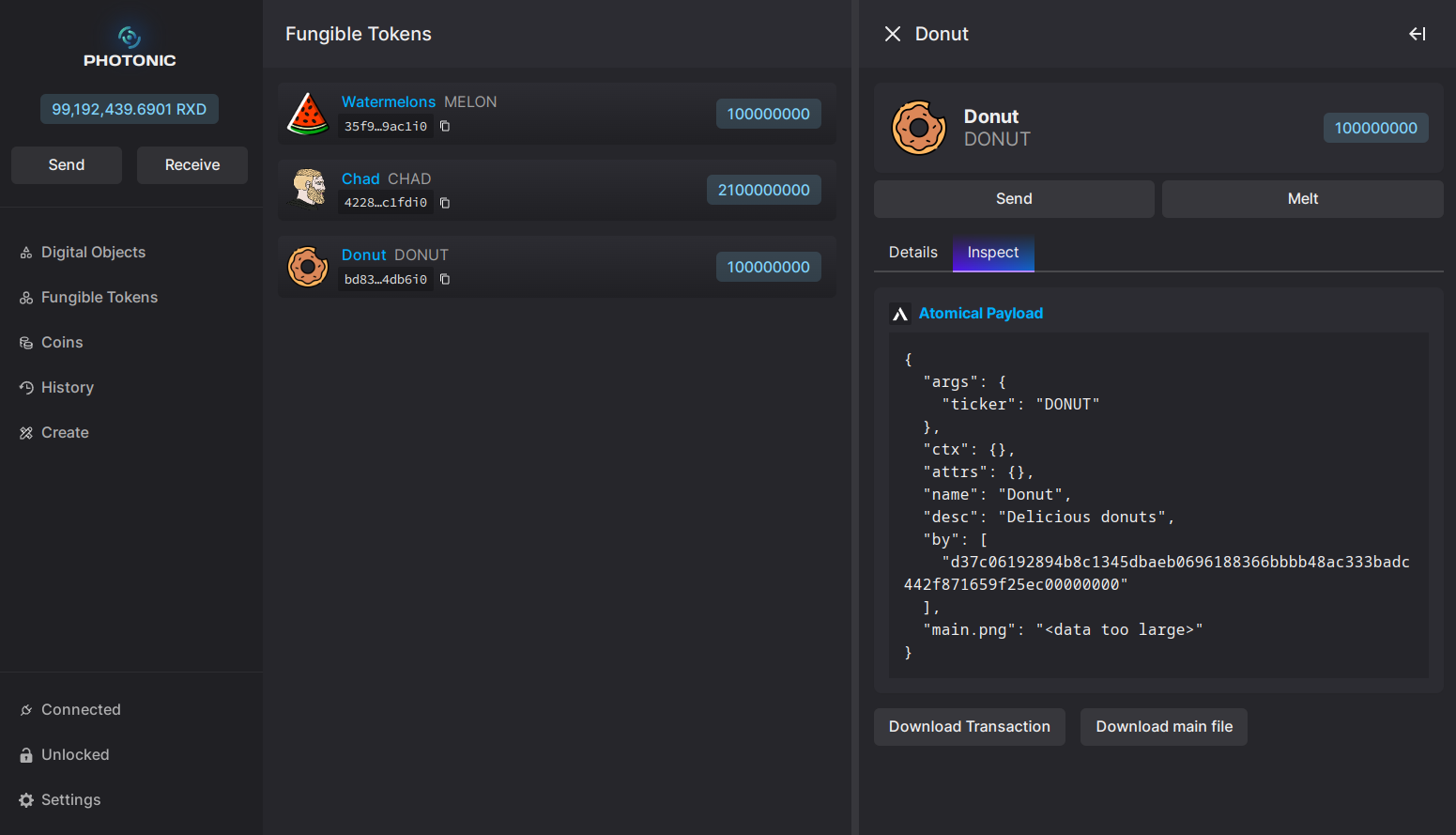Simplified Explanation of Yonatan Sompolinsky's Research on Atomic Composability and L1/L2 Support for Kaspa
Hey everyone, welcome back to Coinchimp!
If you haven’t seen it yet, Yonatan Sompolinsky recently shared an insightful post on X: Link. The post dives into "Atomic Composability and Other Considerations for L1/L2 Support." It’s an exciting look at how Kaspa is improving smart contract solutions.
The paper is a bit technical, so here’s my simplified breakdown of what it all means and why it matters. Let’s start!
What is Atomic Composability?
At its core, atomic composability ensures that smart contracts can interact instantly and seamlessly. For example, if you’re using DeFi—swapping tokens and borrowing simultaneously—atomic composability means everything happens in sync, without delays or uncertainty.
Compare this to Ethereum or Solana today:
- Ethereum is moving towards rollups, where smart contracts often interact asynchronously, causing delays.
- Solana is faster but sacrifices decentralization to achieve its speed.
Kaspa’s goal is to combine speed, security, and decentralization, making interactions seamless and instant.
Practical Example: Multi-Step DeFi Lending on Ethereum
Let’s bring this to life with a scenario:
Imagine you’re taking out a loan on a DeFi platform. With Ethereum’s async composability, the system might need to process multiple transactions across rollups. This introduces several risks:
Delay Risks
Cross-rollup transactions aren’t instant. While your funds are safe, delays could mean missing opportunities, like securing a loan or completing a trade before a price changes. This is critical in fast-moving markets.
Increased Complexity
Async systems rely on messaging layers or bridges to transfer data between rollups and the base layer. If a bridge fails or there’s a delay, operations stall, leaving you waiting or forcing manual retries.
Cost of Failures
Even when transactions fail safely, you still lose gas fees. Paying for failed attempts due to async limitations can add up and frustrate users.
No Guarantees for Multi-Step Transactions
In async systems, each step executes independently. If one step fails—like locking collateral for a loan—the entire operation breaks down, requiring retries and more fees.
Smart Contract Safeguards
Ethereum platforms often use application-level safeguards to bundle operations, ensuring they succeed fully or fail entirely. But even this doesn’t fix the underlying delays or inefficiencies.
How Would It Work with Kaspa?
With Kaspa’s atomic composability, the experience is completely different:
- The loan is issued, collateral is locked, and tokens are transferred all at once in a single transaction.
- No delays, no uncertainties—it’s faster, more reliable, and user-friendly.
Here’s why:
All Actions Happen Instantly
Transactions across logic zones (smart contracts, rollups, etc.) occur in one atomic step. Either everything succeeds, or nothing happens—no partial execution.
No Intermediate Failures
You don’t have to worry about delays between rollups or partial failures. If any part of the transaction fails, the entire process is reverted automatically.
Seamless User Experience
Kaspa avoids reliance on messaging bridges or async confirmations, eliminating delays or dependent step failures entirely.
zk Rollups and Kaspa’s Role
Now, let’s connect this to zk rollups.
On Ethereum, zk rollups handle computation off-chain and send proofs to the base layer. But async composability creates challenges when syncing these proofs across smart contracts.
Kaspa solves this by ensuring zk rollups send their data and proofs on-chain. This keeps everything transparent, verifiable, and instant. No waiting for cross-zone transactions or missing data—making Kaspa a truly zk-proof-ready blockchain.
Why It Matters for Developers and Users
For Developers:
- Building apps becomes simpler. Imagine creating a DEX or lending protocol where all interactions are predictable and happen in one atomic transaction.
- No extra syncing layers or delays—just streamlined, reliable development.
For Users:
- The experience improves dramatically.
- Faster trades, no failed transactions, and no frustrating rollup delays. Kaspa’s approach creates a blockchain ecosystem that "just works."
Conclusion and Takeaway
To wrap it up, Kaspa is pushing the boundaries of blockchain with atomic composability. It’s bridging the gap between speed, security, and decentralization, making zk rollups and smart contracts seamless and efficient.
This is a huge step forward for developers and users, paving the way for a blockchain future that’s fast, reliable, and easy to use.
Cheers!



